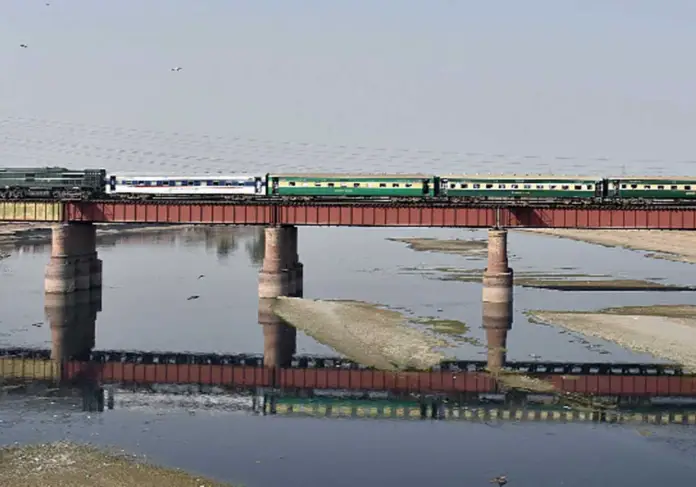Three major reservoirs of Pakistan reached the dead level on Tuesday, worsening the water shortage.
The Indus River System Authority (IRSA) says Punjab and Sindh face 48 percent shortages, leaving a severe impact on Kharif crops. The scarcity has reached the level of over 95 percent in reservoirs of Tarbela, Mangla and Chashma, an alarming situation for the authorities.
The details issued by IRSA showed the minimum operating level at Tarbela Dam was 1,398 feet on Tuesday, considered dead level. Similarly, the Mangla level was 1,070 feet, just 20 feet higher than the dead level. The maximum conservation level in Mangla is 1,242 feet while the live storage in the dam on Monday was .080 MAF.
The minimum operating level at Chashma is 638.15 feet and the present level is hovering around 639.50 feet, just one foot above the dead level. The live storage at Chashma was 0.017 MAF. The position of the river inflows and outflows at Tarbela, Mangla and Chashma along with the reservoirs levels and the barrages today is as under:
Rivers: Indus at Tarbela: Inflows 65,300 cusecs and Outflows 64,500 cusecs, Kabul at Nowshera: Inflows 21,500 cusecs and Outflows 21,500 cusecs, Jhelum at Mangla: Inflows 23,100 cusecs and Outflows 23,200 cusecs, Chenab at Marala: Inflows 22,100 cusecs and Outflows 13,000 cusecs.
The position of water at barrages was as under: Jinnah: Inflows 75,200 cusecs and Outflows 73,200 cusecs, Chashma: Inflows: 84,200 cusecs and Outflows 90,000 cusecs, Taunsa: Inflows 92,200 cusecs and Outflows 83,900 cusecs, Panjnad: Inflows 4,900 cusecs and Outflows Nil cusecs, Guddu: Inflows 60,900 cusecs and Outflows 51,300 cusecs Sukkur: Inflows 42,200 cusecs and Outflows 16,200 cusecs Kotri: Inflows 12,500 cusecs and Outflows 100 cusecs.
Farmers in different parts of Punjab and Sindh expressed severe concerns over the unavailability of water for their crops. Talking to Minute Mirror they claimed the canals were running dry and the electricity was unavailable to operate tube wells. “There is no water in our canal. Load shedding makes it impossible for us to irrigate even a single acre in hours,” said a farmer from Bahawalpur. Farmer bodies in Sindh and Southern Punjab were already complaining about the unavailability of electricity and shortages of water.
Punjab Irrigation Department said the canal system of the province faced over 50 percent shortage. “Punjab is currently receiving 60,000 cusecs of water against its due share of 117,000 cusecs,” said the spokesperson of the department.








Comments are closed.